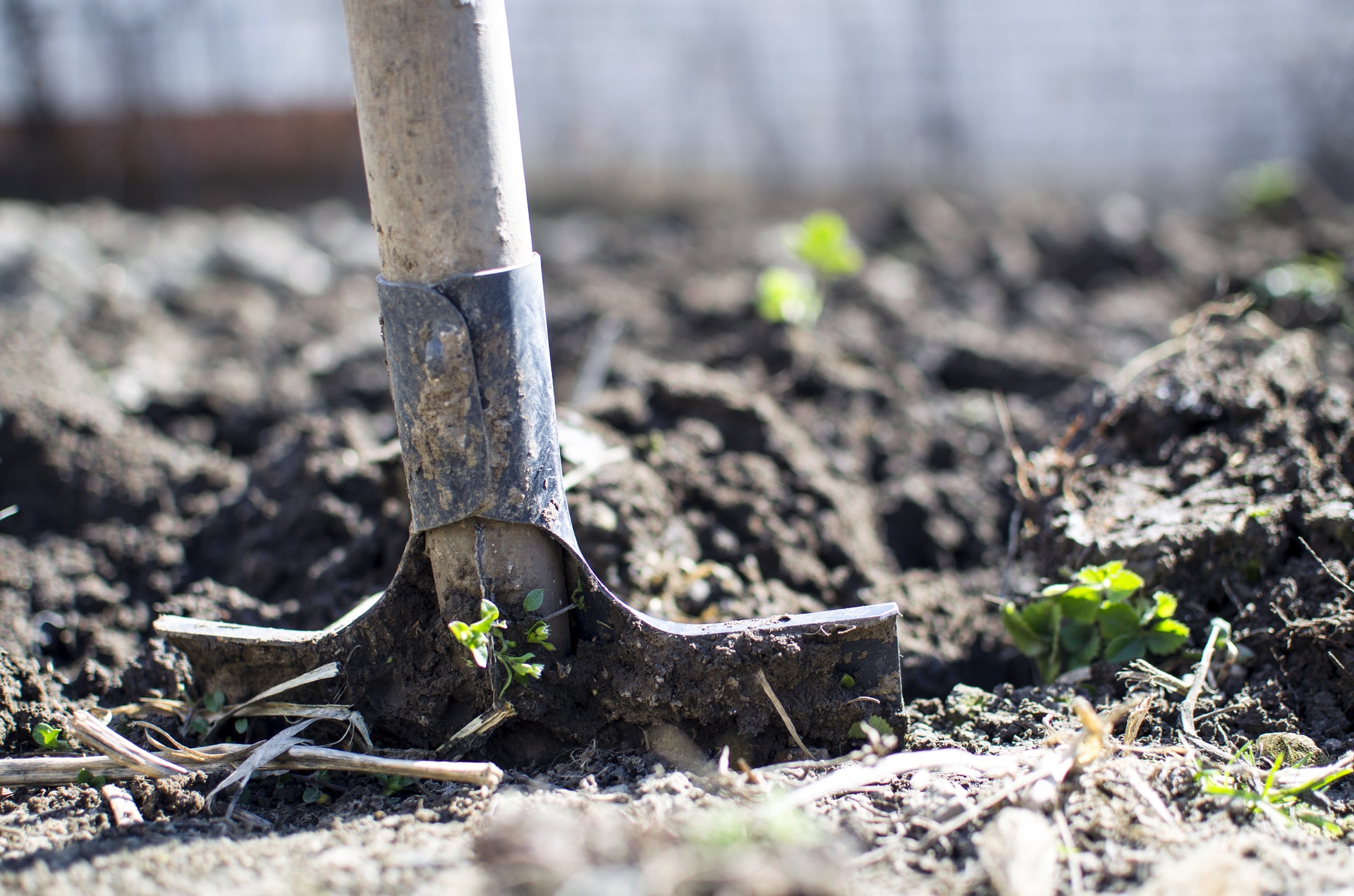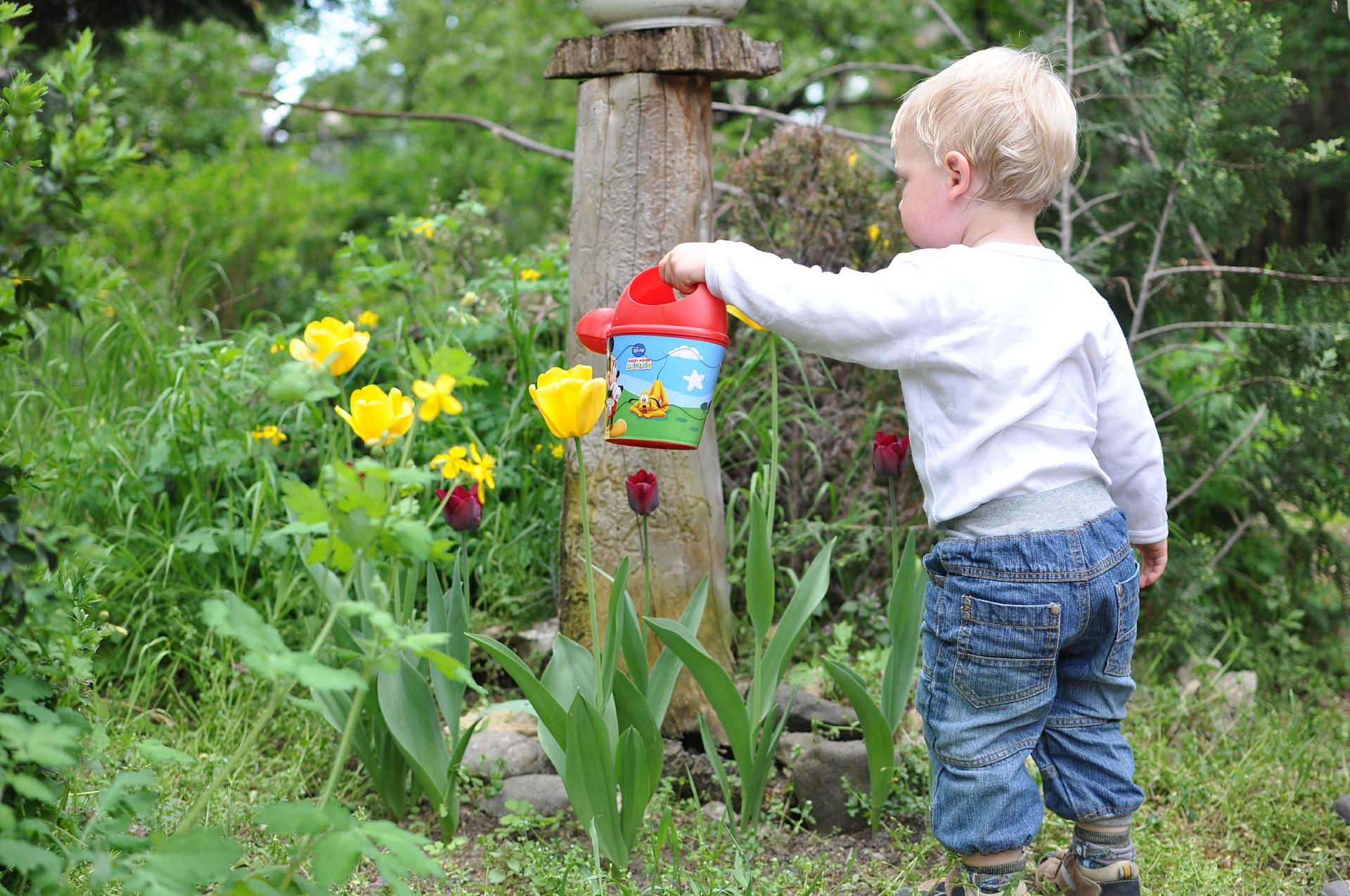It can be tempting to avoid dirt and shy away from Shanghai’s sweltering summer heat, but gardening is a simple, fun way to protect our planet and foster personal development in children. Research shows that gardening can help children develop social skills, eat healthier and exercise more, encourage their curiosity, relieve stress, alleviate depression, improve self-esteem, refine gross and fine motor abilities, prompt empathy, motivate responsibility… there are a multitude of benefits.

Establishing Your Garden
Gardening in Shanghai might seem like an impossible task: maybe you live in a small apartment with little outdoor space (if any), you have no interest in facing the summer heat or humidity, or you don’t know where to shop. However, it is possible. Here are some of our recommendations.
Equipment
- Flowerpots
- (Organic) soil
- Shelves
- Hand trowels/shovels (depending on the size of your gardening space)
- Watering can/hose (again, depending on the size of your gardening space)
- Plant labels (We made our own labels out of coffee stirrers and laminated pieces of paper.)
- Seeds/seedlings
We bought cheap seeds and seedlings at a nearby bird and flower market and on Taobao; B&Q also offers a small selection of seeds. We recommend buying plants that have a variety of colors, textures, tastes, and smells because your child will gain more sensory integration.
We bought our pots, soil, tools, and shelving at B&Q and a nearby bird and flower market (B&Q sells biodegradable pots made out of bamboo). Shopping with your child can be a fun opportunity to practice social skills, build vocabulary, and learn about budgeting. Of course, Taobao also has everything you could ever ask for. If you can’t navigate Taobao’s Chinese interface, Baopals allows you to purchase items from Taobao, including gardening supplies, in English.
Instructions
- If you have a yard that you are comfortable digging up, section off a small plot of land where you are going to grow your plants and remove any grass or other weeds.
Or try container gardening, growing things in pots and planters. Find a well-lit space on your balcony or indoors where you can fit some flowerpots.
Have your child plan their ideal garden. They can draw a picture or write a short story about what their perfect garden would look like. Discuss what they hope for in your home or school garden. Activities like this encourage communication and creative thinking.
2. Research online to decide what plants you’d like to grow, and which ones will survive Shanghai’s climate. Some suggestions to try are tomatoes, okra, basil, strawberries, nasturtiums, mimosa (sometimes called sleepy plants or shy plants), mint, grapes, spinach, beans, and others. Have your child name and describe the plants; ask questions such as, “What color are the petals? Does the fruit taste sweet or bitter? How many leaves can you count? Is this seed small, large, or somewhere in the middle?”
3. Lastly, plant your seeds and seedlings.
First, fill up a pot with soil. To plant seeds, start by poking some holes in the soil; the distance between holes and their depth will vary depending on the plant you’re growing. Search online if your seeds didn’t come with clear instructions.
Then, place two or three seeds in each hole and cover them with more soil.
Transplanting seedlings is a similar process: the plant’s roots must be covered. Note, there must be enough structure to prevent it from falling over.
Make sure to water your seeds and seedlings as soon as you plant them, and regularly afterwards. Demonstrate this process before having your child try it on their own; guide them throughout, patiently correcting mistakes and praising them when they do a step correctly.
Additionally, don’t forget to label your plants! There are many ways to do this, and you can turn it into a creative art project or a fun matching game.

Maintaining Your Garden
Soon, you will start to see progress in your garden. As a fun science experiment, have your child observe the plants’ growth over the next few weeks. Which ones are growing the fastest? How do the plants change shape over time?
You will also want to regularly check on your plants’ health. Have your child determine whether the plants seem healthy or unhealthy. Help them research and brainstorm solutions to any problems. If your garden is being eaten by pests, look up some natural deterrents online and make them at home.
Maintaining a garden is difficult. At ELG, some of our plants boiled to death until we changed their watering schedule. Making mistakes is important to practice persistence and creative problem solving, so even if your plants die or don’t produce fruit, your child still gains many benefits from trying. What matters most is that they learn and have fun.
Harvesting
If your garden is successful, you will have delicious and healthy fruits and vegetables in a few weeks. When a crop is ready to pick, encourage your child to be gentle and respectful while doing so. Have them plan and prepare a simple meal that they can cook using their harvest. At ELG, our Summer Program’s weekly cooking activities are some of the most popular among our children and young adults.
Although gardening may seem like a daunting chore, it is a great way to build valuable skills and give back to the planet. Whether your whole yard is filled with plants or you just have a few flowerpots indoors, gardening is a perfect educational and therapeutic activity for you and your child.
